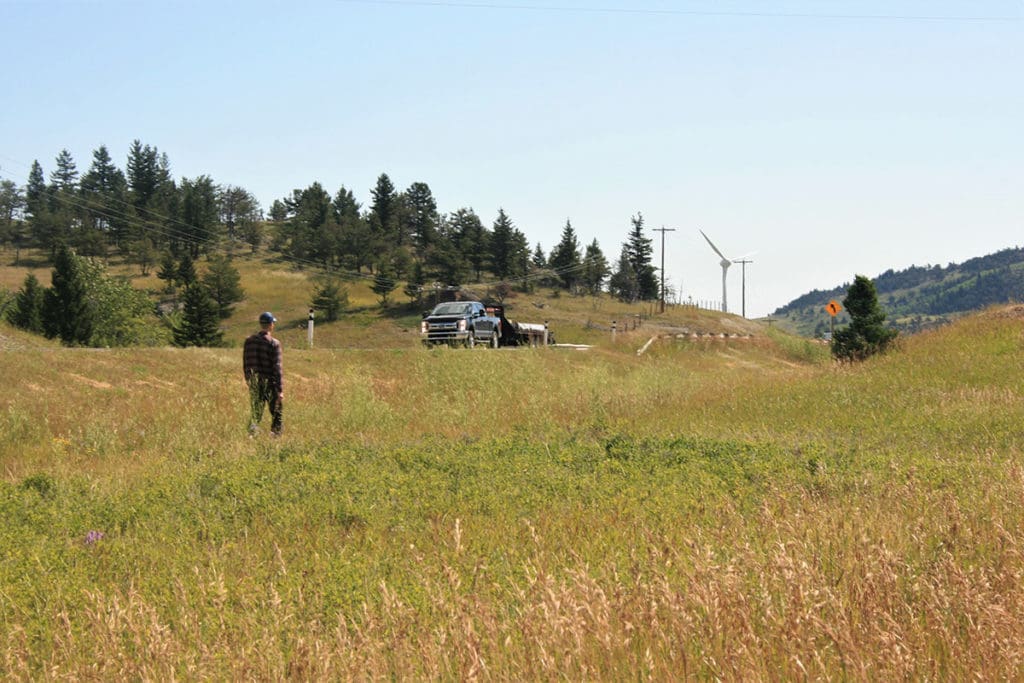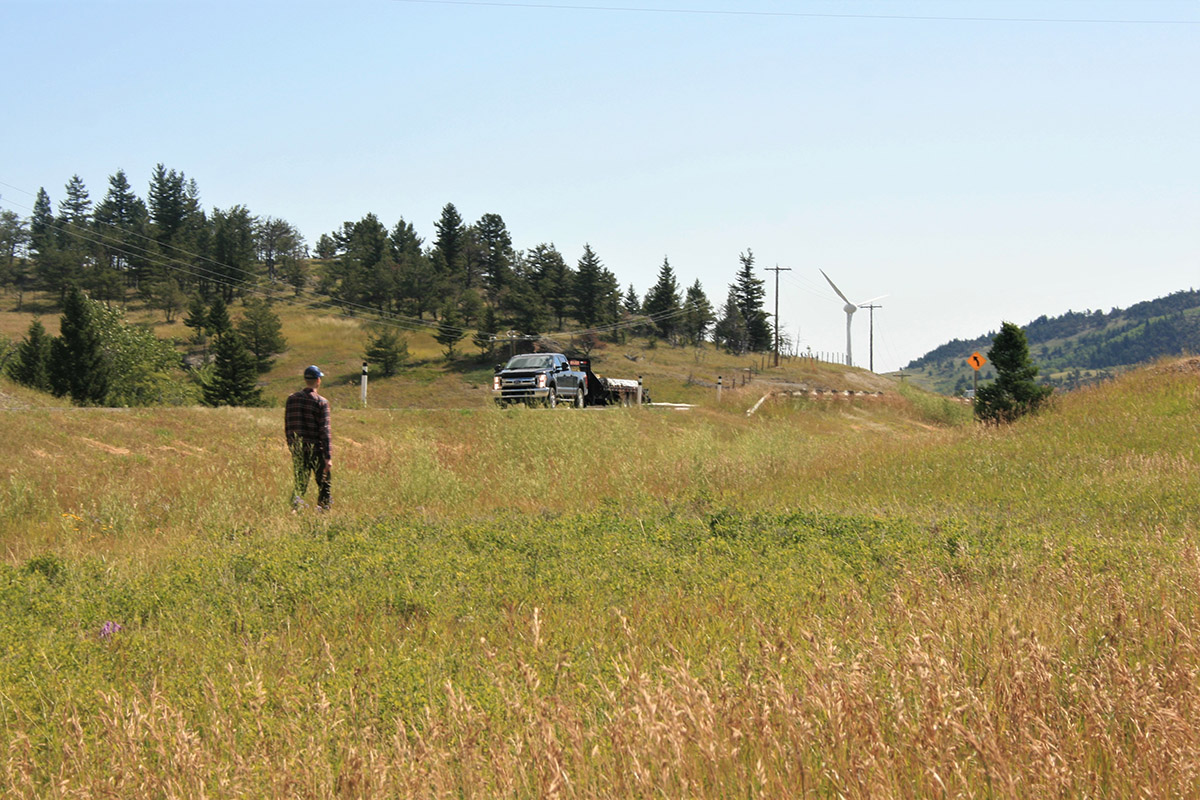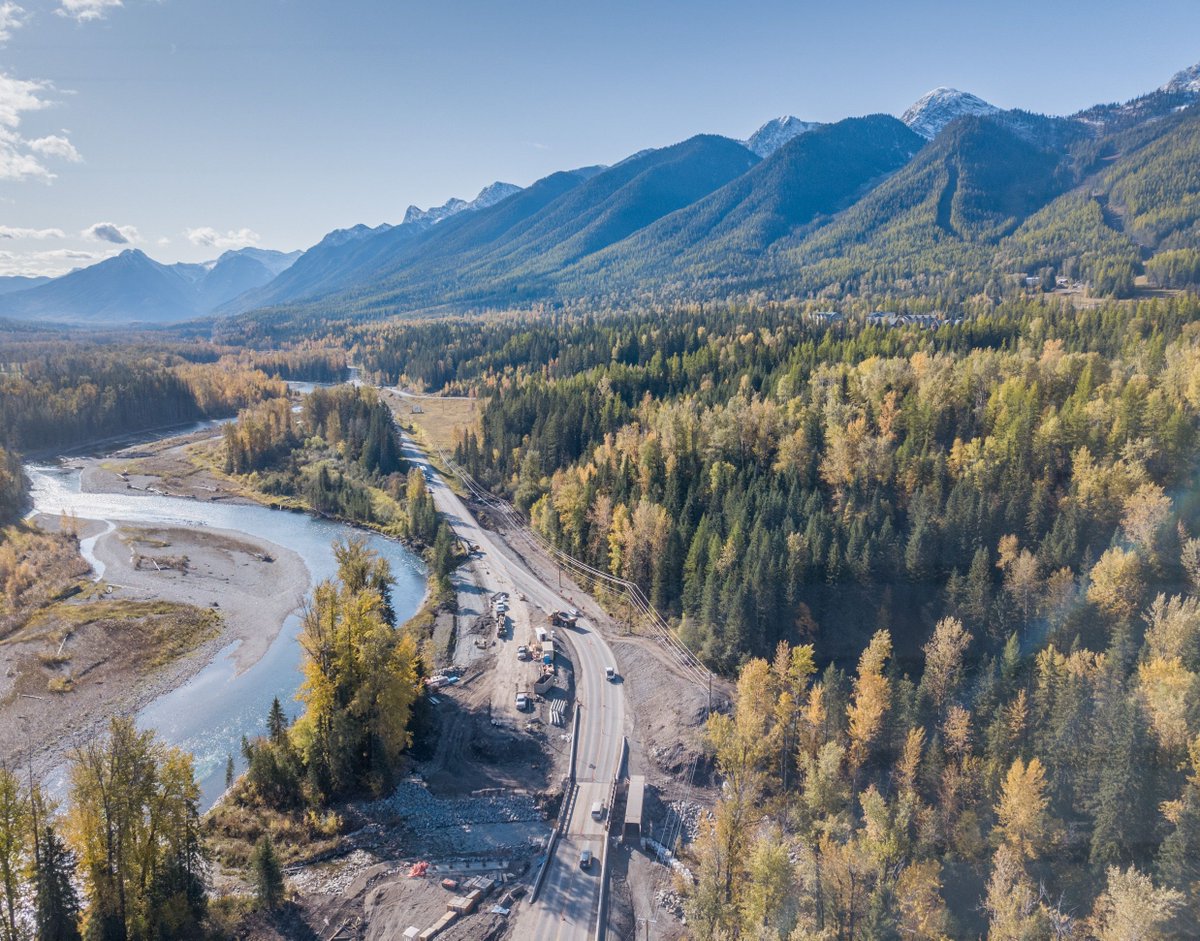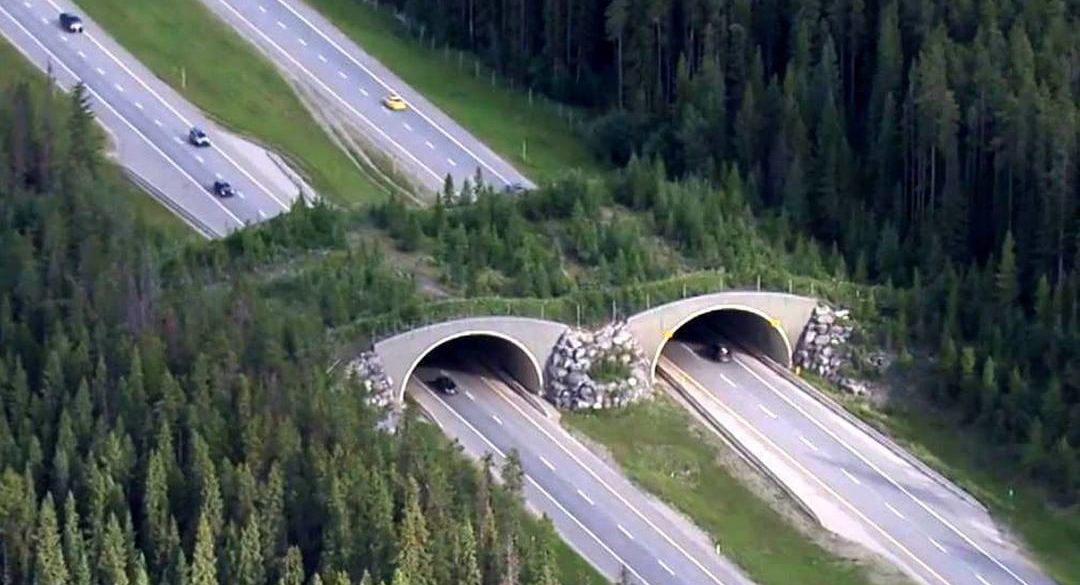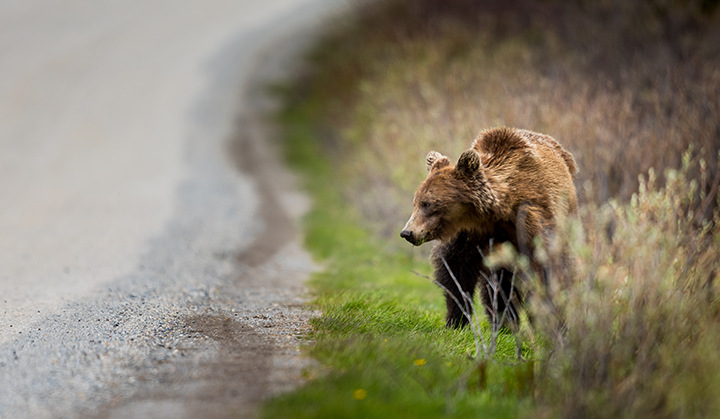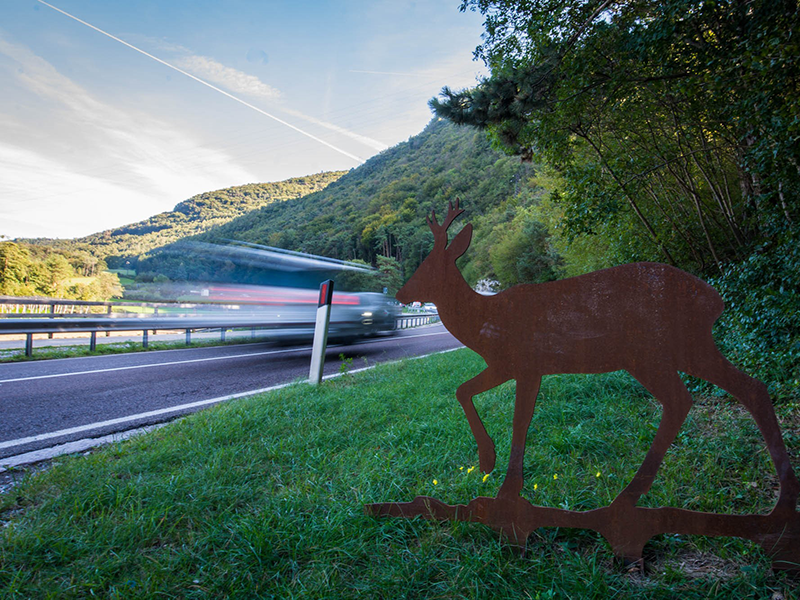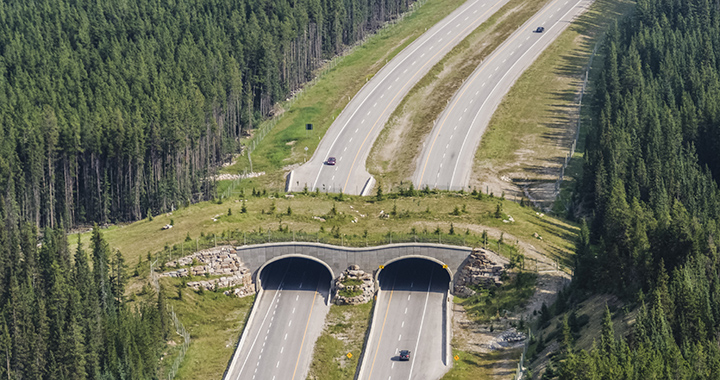Making sure wildlife can cross Highway 3 in B.C. and Alberta safely
Since Y2Y was formed in the early 1990s, there has been a groundswell of support and growing interest in how to solve one of the biggest threats to animals and their habitat: roads.
Around the world, from elk to elephants, toads to turtles, and more, roads and highways are a major barrier to wildlife movement.
In Banff National Park, not far from Y2Y’s head office, a system of six overpasses and 38 underpasses has decreased wildlife-vehicle collisions by up to 96 per cent. They’ve also helped over 200,000 animals safely cross the Trans-Canada Highway. The success of this series of wildlife crossing structures has been studied for decades.
It has also served as a model solution for other places dealing with the problem of high wildlife-vehicle collisions. These communities turn to the example of Banff as they seek to address the high death and injury rates related to these (often preventable) crashes.
Just south of Banff, the towns of the Elk Valley along Highway 3 in southern British Columbia, including Fernie and Sparwood, and Crowsnest Pass in Alberta, are among the communities uniting to face this issue.
Each year, there are around 200 collisions reported between large mammals and vehicles on this high-traffic highway between Fernie and Rock Creek in Alberta. More go unreported or unnoticed. In the Elk Valley itself, 25 per cent of elk deaths and 30 per cent of grizzly bear deaths are due to vehicles.
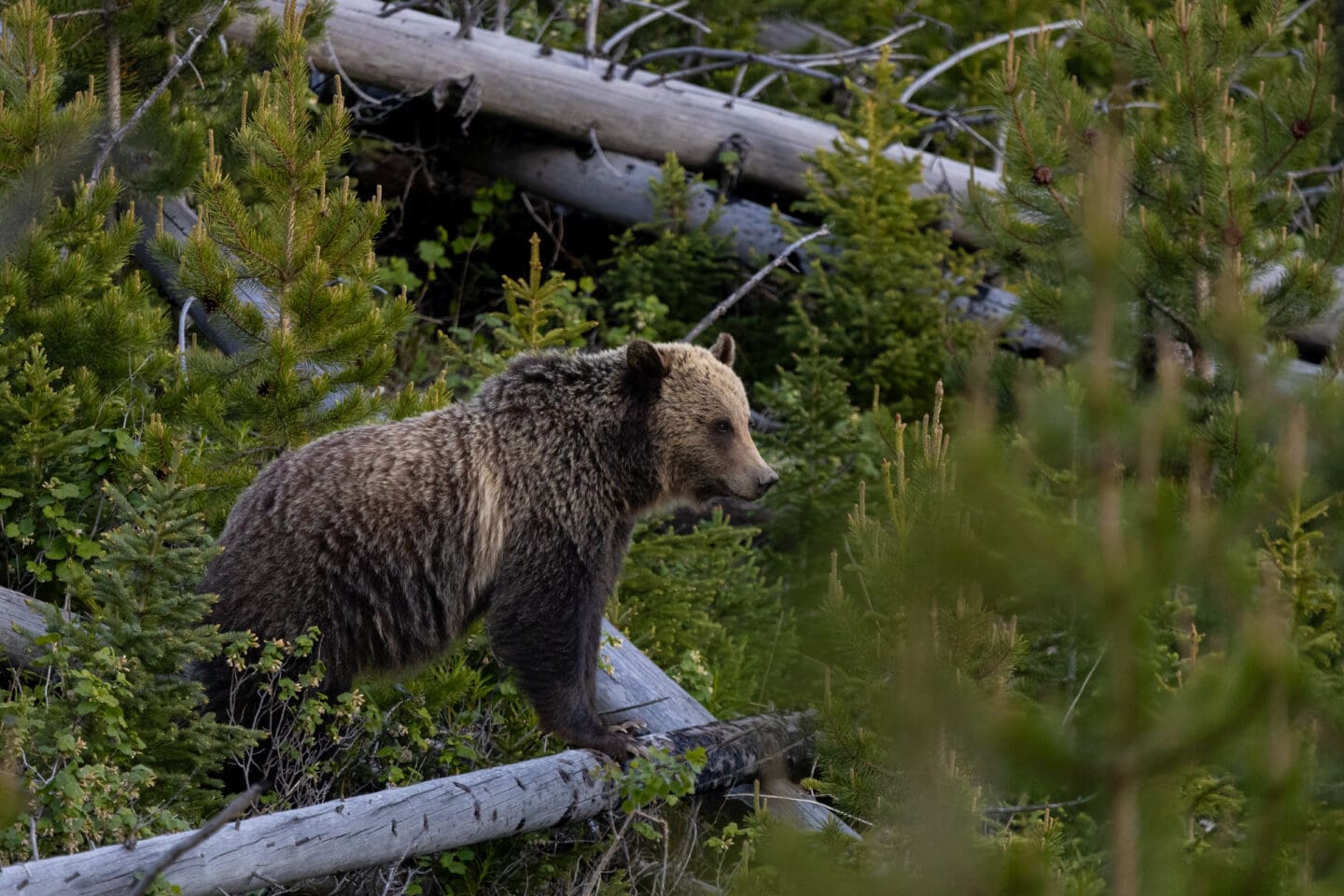
B.C.’s Elk Valley is a key corridor for bears, wolverines and more
The Elk Valley plays a crucial role in connecting two major ecosystems. Think of it as a bridge that both wolverines and grizzly bear populations rely on to keep thriving in both Canada and the U.S.
This is because this valley’s location connects wildlife populations east-west over the Rocky Mountains and north-south across the Canada-U.S. border and between the large, protected areas of Waterton-Glacier International Peace Park and Banff National Park. It is a direct link that connects the Cabinet-Purcell Mountain and Crown of the Continent ecosystems.
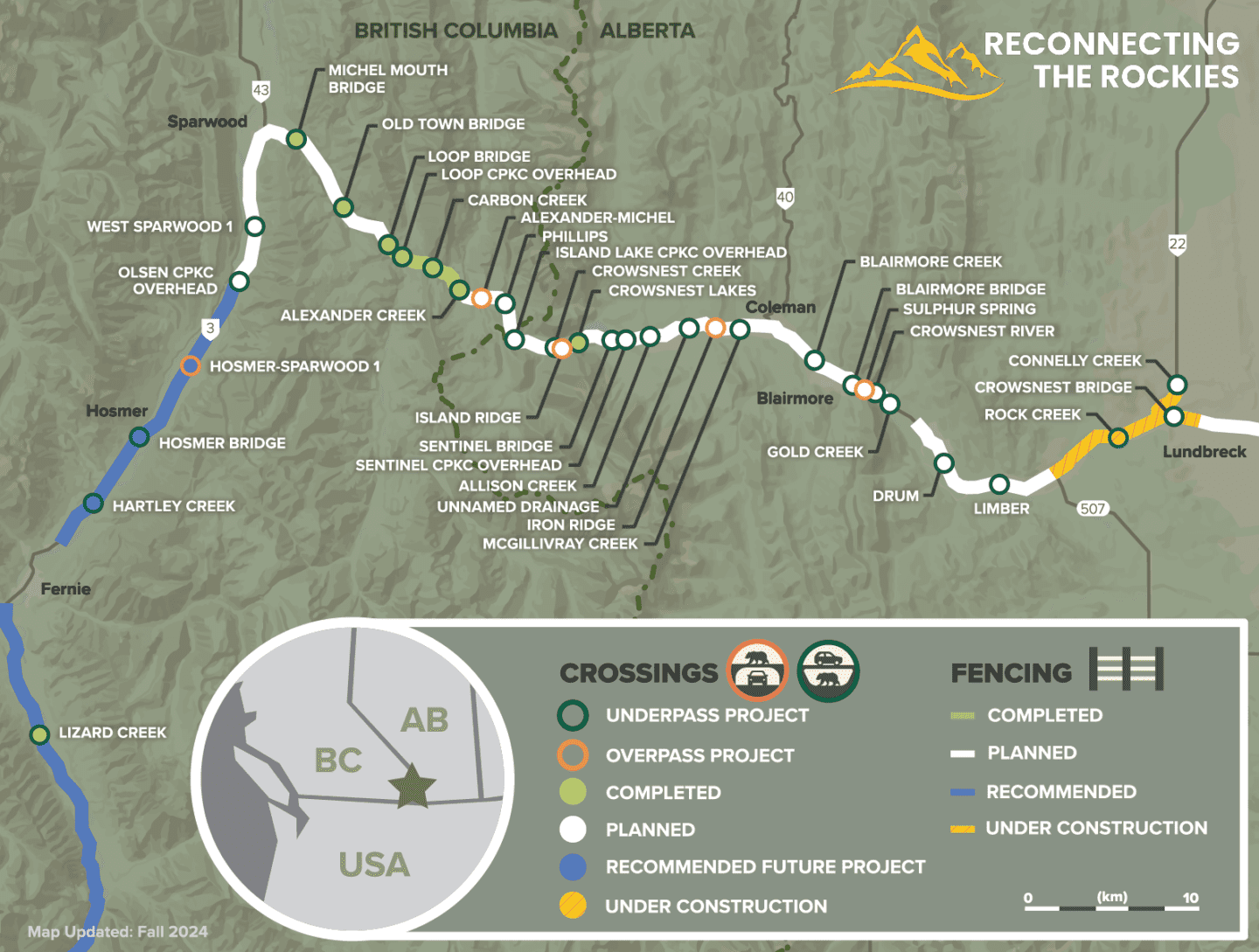
Reconnecting the Rockies is a homegrown solution
Various experts from Indigenous and non-Indigenous communities, scientists, federal and provincial governments, industry partners, and environmental non-profits are working to attack this problem from all angles, through a project known as Reconnecting the Rockies.
Their goal is to address the high number of deaths of elk, deer, grizzly bears and other wildlife along this section of Highway 3. These folks share a common interest in improving landscape-level connectivity for many kinds of wildlife through this project. Many also bring experience working on wildlife crossings in Banff and other locations.
After more than a decade of collaboration, consultation, research, planning and advocacy work, the Reconnecting the Rockies project broke ground in B.C. in 2020. More details on the project progress and future work can be found here in the Reconnecting the Rockies annual report.
The vision is for a system of wildlife crossing structures (underpasses, overpasses, retrofitted bridges, and fencing) on an 80-km-long stretch between Highway 22 in Alberta and Hosmer, B.C. to reduce risks to motorists and create safe movement of wildlife across Highway 3.
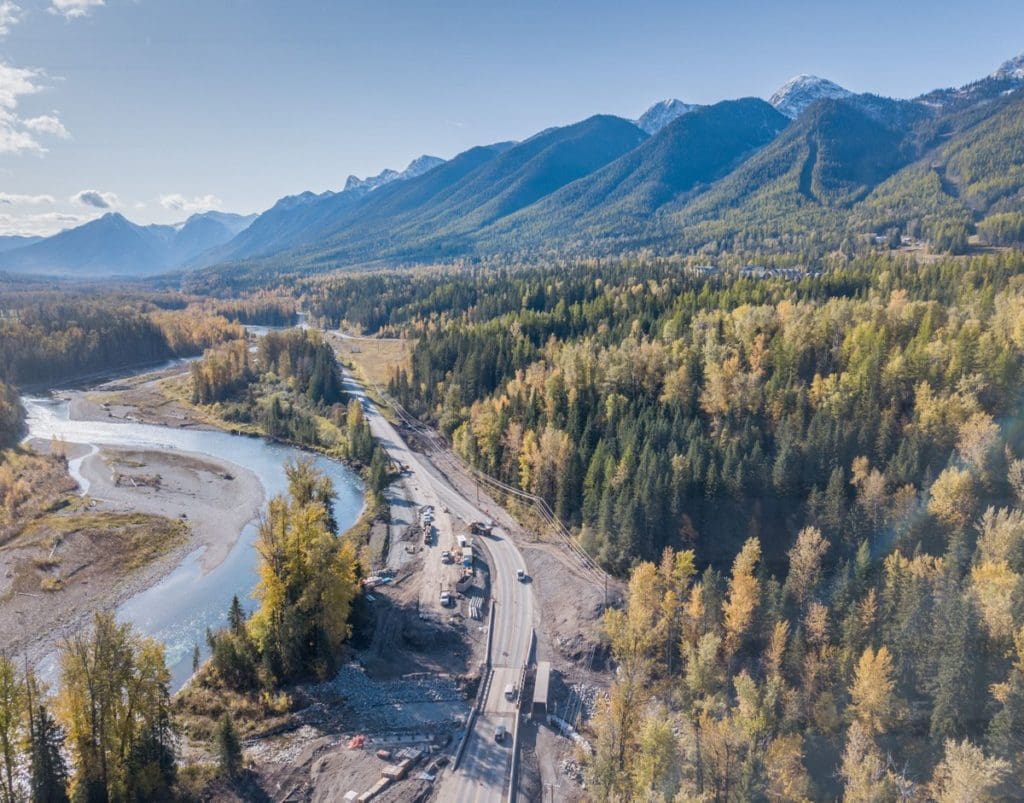
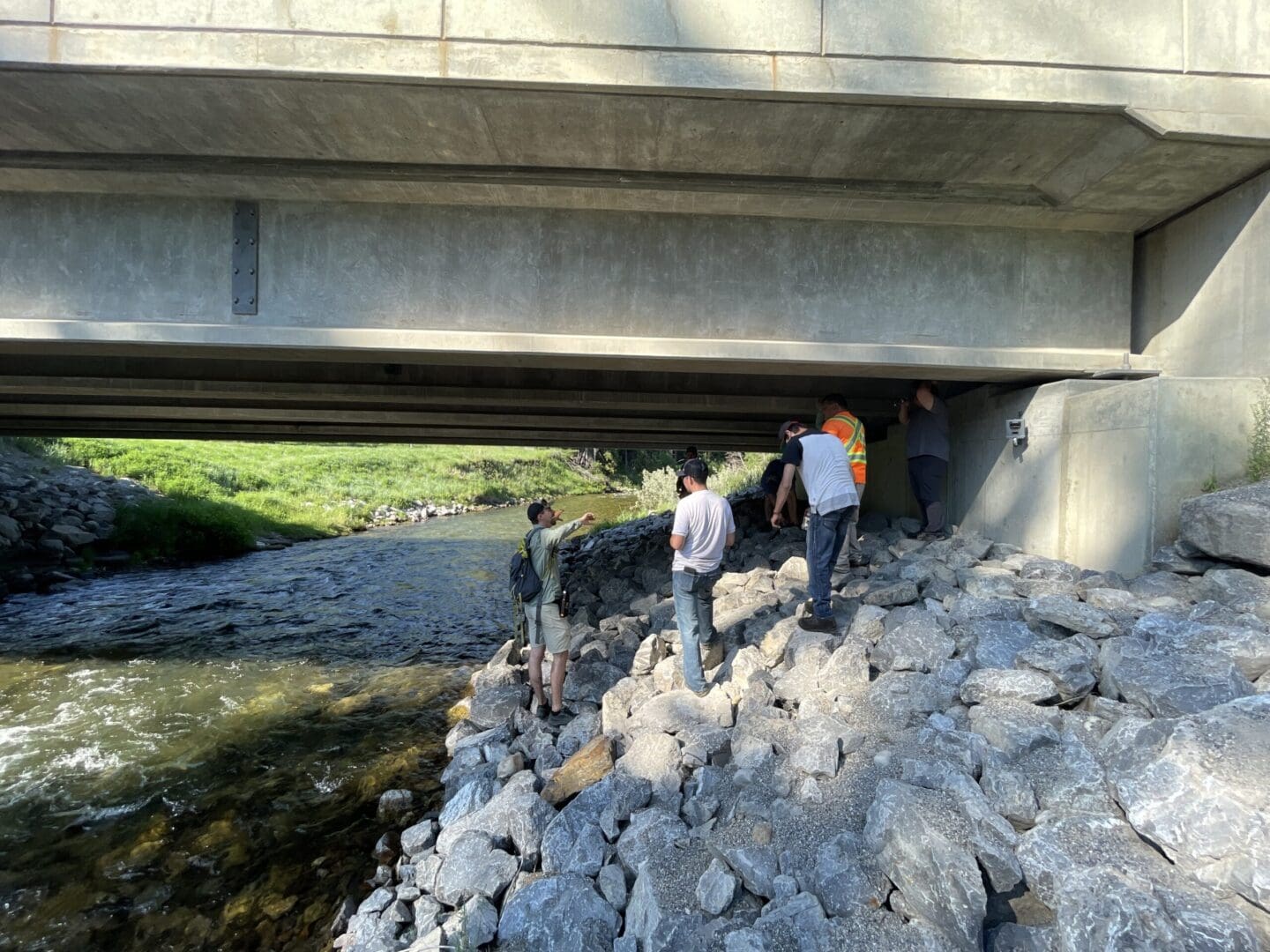
Improving life for critters and commuters
In 2023 additional support arrived in the form of Parks Canada funding. Close to $2M from the National Program for Ecological Corridors is supporting wildlife crossing infrastructure projects, communications, research, and Indigenous engagement activities.
This collaboration between Parks Canada and Y2Y aims to minimize the impact of Highway 3 on wildlife and improve connectivity at this critical point along the 3,200-kilometre-long Yellowstone to Yukon wildlife corridor. It also brings additional momentum to the ongoing Reconnecting the Rockies project.
So far, three existing bridges have been retrofitted to act as wildlife underpasses between Sparwood, B.C. and the Alberta border. Wildlife trails created under these structures help them transform into underpasses for grizzly bears, elk and deer. Fencing and cattle guards guide wildlife to these structures and keep animals off the road.
Wildlife cameras have also been installed, both to monitor wildlife use of these structures and their surrounding areas before and after construction, and to learn where wildlife is moving to help decide on sites for future crossing projects.
Connecting wildlife habitat is important for the future of wildlife on our planet. We’re excited to share we’re well on the path to achieving our goal!
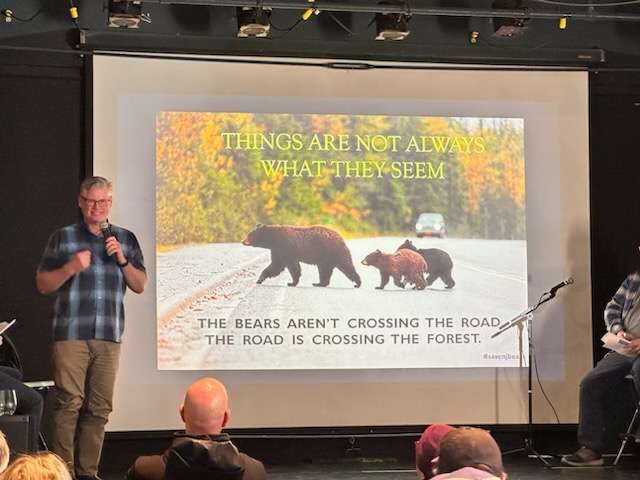
Coming together for nature
In March 2024, concerned community members gathered in Fernie, B.C. to learn more about the proposed solutions at an event called Bridging Nature and Roads on Highway 3.
Attendees learned about the fascinating world of wildlife crossings and road safety, specifically the Reconnecting the Rockies project. Close to 100 people heard from local wildlife experts, road ecologists, and safety advocates at this panel discussion, and learned how they can be part of the solution.
We’re grateful to our partners at Wildsight and the Province of B.C. and Alberta for their collaboration on this event.
What’s on the road ahead
Looking ahead, the future is bright for solving this issue.
Caring community members, engaged policy makers, and nature lovers of all kinds are coming together to get involved with Reconnecting the Rockies. These solutions will not only help wildlife thrive for generations to come, but help people enjoy nature, too.
We’ll update you on the work as it happens.
We’re grateful for the support we receive for this project from Y2Y donors, Donald J. Slavik Family Foundation and Parks Canada.
